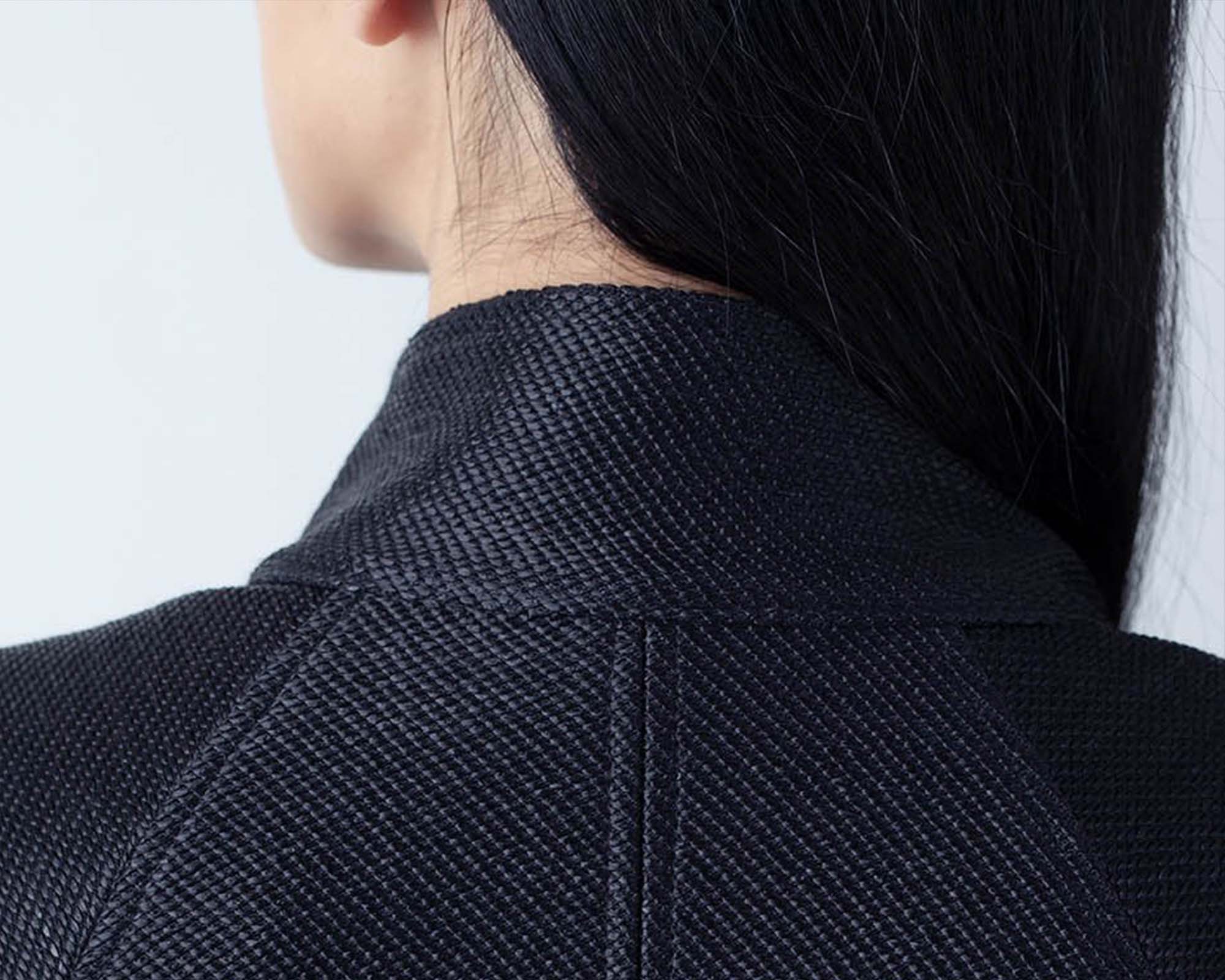Viscose is said to be the third most commonly used textile fibre in the world. If you’ve never heard of viscose, you may know it by another name: rayon. It’s a semi-synthetic fibre that is made from trees—but that doesn’t necessarily mean it’s any better for the environment, or for you. In fact, the material has become a hot-button environmental issue recently. Here’s what you need to know.
What is viscose?
Viscose is often touted as a sustainable alternative to cotton or polyester and is popular in the fashion industry as a cheaper and more durable alternative to silk. It’s often used to create those drapey summer dresses, skirts, soft blouses, and synthetic velvet. But viscose isn’t just found in our clothes—it’s also used in the manufacturing of upholstery, bedding, carpets, cellophane, and even sausage casing!
A brief history of viscose
Viscose rayon has a truly European story. French scientist and industrialist Hilaire de Chardonnet (1839-1924) is credited with inventing the first commercial viscose fibre, as a cheaper alternative to silk. But the fabric was so flammable it was quickly taken off the market until a safer process was developed by the German Bemberg Company. In 1892, British scientists Charles Frederick Cross, Edward John Bevan, and Clayton Beadle discovered and patented the production process, and by 1905 the first commercial viscose rayon was on the market.
How is viscose made?
Viscose is derived from the ‘cellulose’ or wood pulp from fast-growing, regenerative trees such as eucalyptus, beech, and pine, as well as plants such as bamboo, soy, and sugar cane. This cellulose material is then dissolved in a chemical solution to produce a pulpy viscous substance, which is then spun into fibres that can then be made into threads.
So, is viscose sustainable?
As a plant-based fibre, viscose is not inherently toxic or polluting. However, because of the growing fast fashion industry, much of the viscose on the market today is manufactured cheaply using energy, water, and chemically-intensive processes that have devastating impacts on workers, local communities, and the environment.
There are two main areas of concern when it comes to the production of viscose, and they are the source of the wood pulp and how it is turned into a usable fabric.
The wood pulp that viscose is made from is manufactured by treating it with chemicals, which is then filtered and spun into a fine thread. This is a highly polluting process and releases many toxic chemicals into the air and waterways surrounding production plants. Carbon disulphide, one of the chemicals used, is another toxic ingredient which has been linked to higher levels of coronary heart disease, birth defects, skin conditions, and cancer, not just in textile workers, but also in those who live near viscose factories. What’s more, dissolving-pulp wastes approximately 70% of the tree and is a chemically intensive manufacturing process.
In 2017, an investigation was undertaken by the Changing Markets Foundation that linked fashion brands such as Zara, H&M, and Marks & Spencer to highly polluting viscose factories in China, India, and Indonesia. Concerns have also been raised regarding the devastating impact of wood pulp production on forests, people, and vulnerable animal populations.

What’s more, the production of viscose is contributing to the rapid depletion of the world’s forests, which are being cleared to make way for pulpwood plantations. It is estimated that around 30% of rayon and viscose used in fashion is made from pulp sourced from endangered and ancient forests. This leads not only to habitat destruction—creating a significant threat to endangered species—but also often involves human rights abuses and land grabbing from Indigenous communities.
Organisations like Canopy work to make sure that viscose is not from high-risk areas. In 2014, Canopy also teamed up with Stella McCartney to create a life-cycle analysis on alternative fibres.
Though the viscose production process is multi-faceted, retailers play a significant role in the problem. Fast-fashion giants are placing pressure on manufacturers to produce and distribute clothes at ever-increasing speeds and cheaper costs. This encourages these unsustainable social and environmental practices. Big brands have the money and power to step up and encourage responsible and sustainable manufacturing, but we are yet to see enough meaningful action. Disappointingly, according to a new report by the Changing Markets Foundation, “While viscose suppliers have made considerable strides to eliminate endangered forest fibres from their feedstocks over the years, some 75 percent of the world’s leading brands have made few to no commitments to sourcing more sustainable viscose.”
Are there better options?
As technology progresses, new materials are created, such as EcoVero. Produced by Lenzing, this innovative fabric is made using sustainable wood from controlled sources which are either Forest Stewardship Council or Program for Endorsement of Forest Certification Schemes certified in Europe. More than 60% of the trees used to produce the fibre come from Austria and Bavaria to ensure lower emissions. Nearly all the chemicals used during the production of EcoVero are also recovered and reused, causing 50% less emissions and taking up half as much energy and water. Armedangels even started using EcoVero in 2017, like in this dress:




















